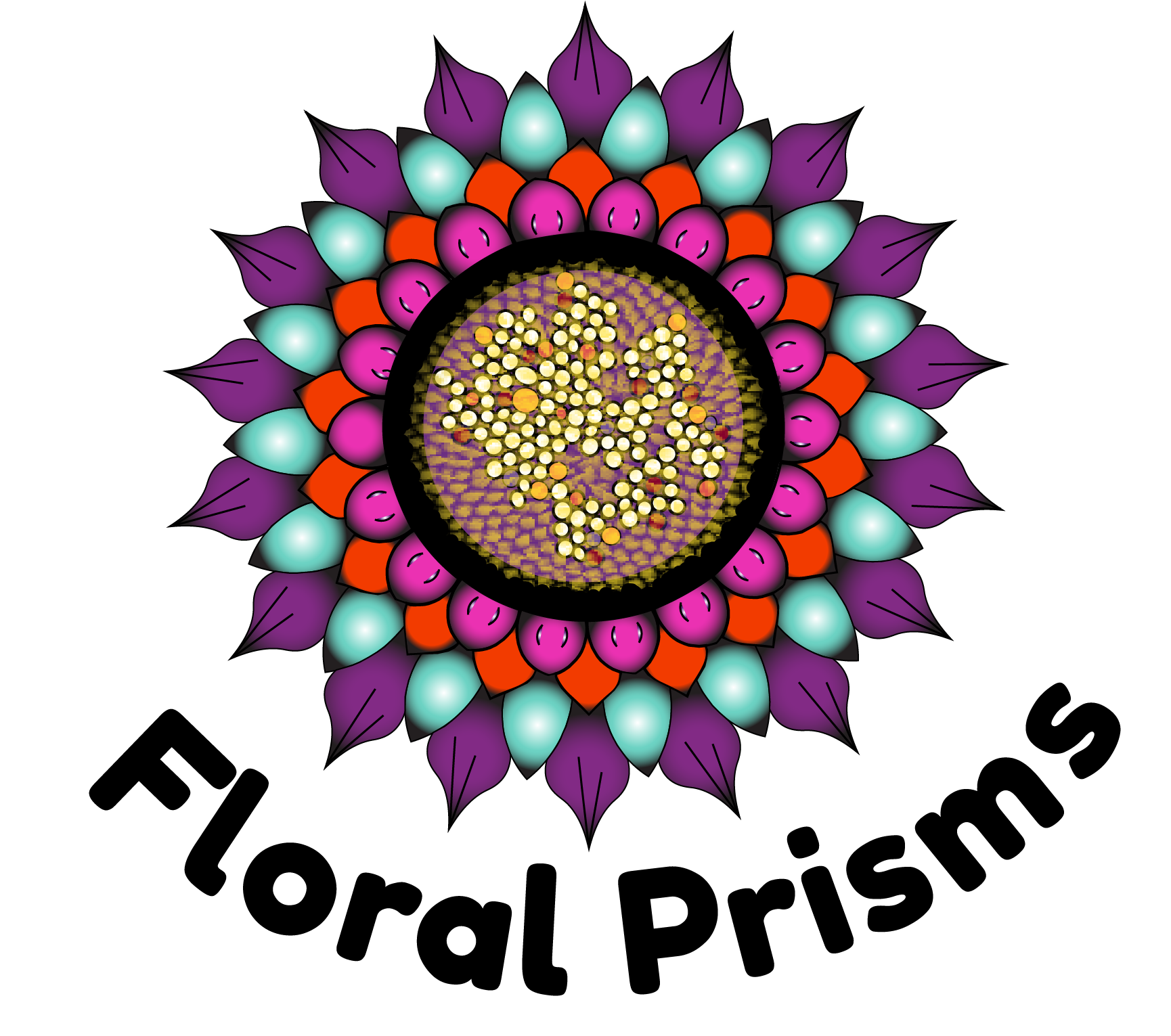Cupressaceae includes the cypresses, “false” cedars, junipers, redwoods, and sequoias. This diverse family of plants has worldwide distribution across many latitudes and altitudes, from the highest mountains and circumpolar regions to shrubby deserts and temperate rainforests. Its species are characterized by fragrant, soft, pest- and decay-resistant wood that is a sought-after source of timber.

Species in this family have a long evolutionary record, going as far back as 200 million years ago. Fossil remains indicate that they were much more widely distributed before the last ice age caused extinctions. They have separate male and female cones, usually on the same tree (monoecious) but occasionally on separate trees (dioecious). The seed cones vary from woody and leathery to berry-like, and the leaves can be either needle- or fan-like.
Many people are familiar with juniper berries, which are, botanically speaking, not actually berries but female seed cones merged within fleshy scales. Juniper “berries” are a culinary spice prominent in northern Europe and especially Scandinavia. Common uses are to flavor meat dishes as well as alcoholic beverages, most notably gin but also juniper brandy in eastern Europe, Finnish beers, and farmhouse ales.


The family could also be called fire lovers: Its species are often dependent on fire as part of their reproductive cycle. Giant sequoias and redwoods are highly adapted to fire, with fire-resistant bark and reproductive cycles that are dependent on wildfire. Fire catalyzes the opening of seed cones, creates ash-laden seedbeds that encourage germination, and eliminates competing vegetation.

Biggest, Tallest, and Oldest Trees
The mostly evergreen Cupressaceae family includes many of the largest, tallest, and oldest trees. Among them most are the sequoias and redwood trees of the northern U.S. Pacific coast. These trees represent fascinating examples of the natural world. They contain some of the largest (by girth), tallest (over 350 feet), and oldest (2,000-3,000 years old) trees living today.

The height of coastal redwoods is closely correlated to the availability of fog on which the tree depends for adequate moisture. Fog water nourishes the upper canopy, and the trees can also absorb water directly through their bark.
Other species have a different mechanism for getting their water needs met. The bald cypress and Chinese swamp cypress can grow submerged in water, where they occasionally grow cypress knees above the roots.

Trees of Medicine, Craft, and Death
Past and present uses of Cupressaceae species in folk medicine, craft, construction, and woodworking could fill a book. For the Ojibwe, the false white cedar is sacred and one of the four plants in their medicine wheel. Some Cupressaceae species are also used in the production of essential oils for aromatherapy, most notably juniper and cedarwood essential oils.


Perhaps its resistance to decay and insect infestation relates to more morbid aspects of life. Many Cupressaceae species throughout China, Japan, and Korea are prized for their scented, durable wood that is used in coffins, temple building, and incense. The Mediterranean cypress is a symbol of mourning, grief, death, and the underworld and a quintessential cemetery tree both in Muslim and European classical antiquity.

Special Habitats
Several Cupressaceae species inhabit rare, limited locations and places of extremes, such as specific islands or remote mountainous areas. Though most grow in the northern hemisphere, there are still plenty of representatives in the southern hemisphere, many of which are closely associated with the flora of the Antarctic region. Clearly, the Cupressaceae family of plants is one of daring extremes, adaptation, and record breakers.




